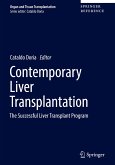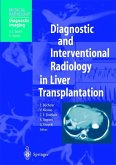As there is a high incidence of disease recurrence after liver transplantation, this volume is designed around the need for a reference text dealing exclusively with this problem. The book places special emphasis on pre- and post-transplant predictors of recurrence, severity assessment, prophylaxis, and treatment. Pathobiology of disease recurrence is discussed in detail where applicable. Issues including quality of life and cost burden are also covered in the text.
Written by well-known authorities in each field, Disease Recurrence After Liver Transplantation: Natural History, Treatment and Survival serves as a comprehensive reference for physicians and surgeons who take care of liver transplant recipients and a major addition to the literature detailing the current understanding of disease recurrence.
Written by well-known authorities in each field, Disease Recurrence After Liver Transplantation: Natural History, Treatment and Survival serves as a comprehensive reference for physicians and surgeons who take care of liver transplant recipients and a major addition to the literature detailing the current understanding of disease recurrence.
"This is a concise book about the current paradigms in perioperative management of comorbid conditions in liver transplant recipients. It provides an excellent starting point for each disease, with ample references for further in-depth review. ... The intended audience is students, residents, and practitioners. ... The book uses tables to summarize the literature for each topic." (Krishna G. Putchakayala, Doody's Book Reviews, March, 2016)








